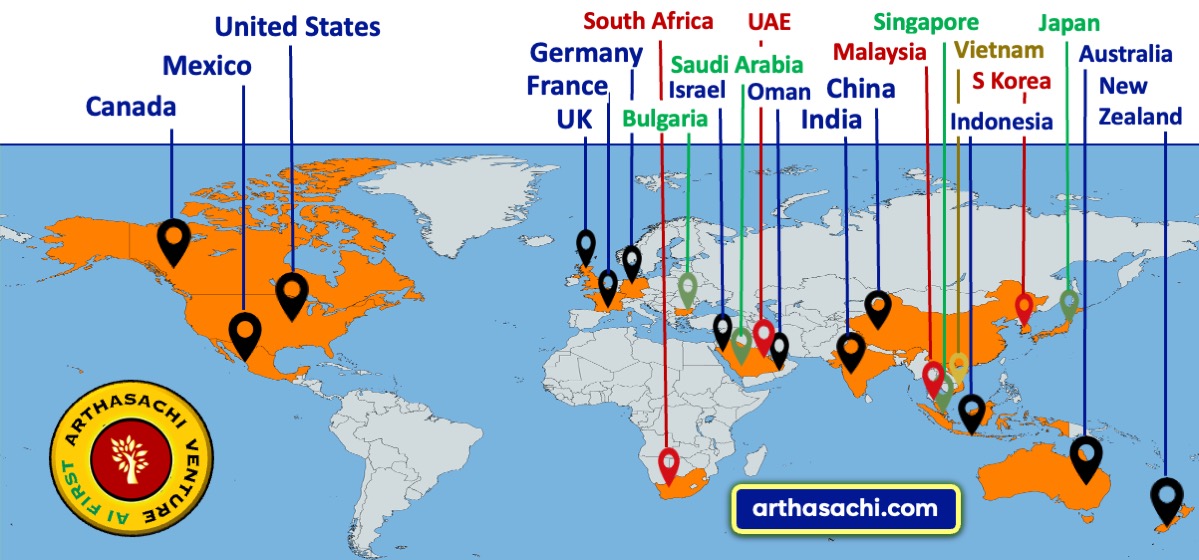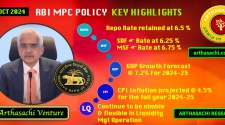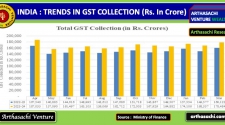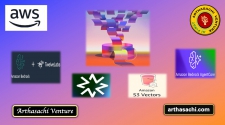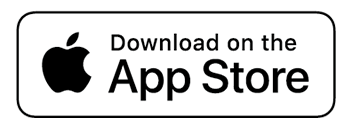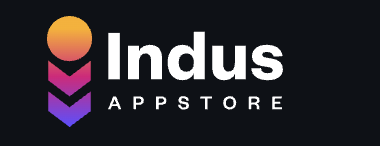
Grok 4 Unleashed: Revolutionizing AI with Real-Time Power and Exceptional Reasoning
Our focus in this article is to cover Grok 4 by xAI over its Features, Competitive Edge and Areas of Excellence along with its competitors in a relative sense.
Introduction
Grok 4, developed by xAI, has emerged as a leading AI model, positioning itself as a formidable competitor in the rapidly evolving landscape of artificial intelligence. Released on July 10, 2025, Grok 4 is celebrated for its advanced reasoning, multimodal capabilities, and innovative training approach. This article explores its feature set, compares it with competitors like OpenAI's GPT-4o, Google's Gemini 2.0, Anthropic's Claude 3.5, and DeepSeek's R1, and highlights its unique differentiators, training data, and areas of excellence.
Feature List
Grok 4 introduces a robust set of features designed to enhance performance across diverse tasks:
- Expanded Context Window: Grok 4 boasts a 130,000-token context window, allowing it to process and retain extensive conversational or document-based context, ideal for complex tasks like legal analysis or academic research.
- Advanced Reasoning Modes:
- Think Mode: Enables step-by-step reasoning for technical and analytical tasks, ensuring logical consistency and transparency in problem-solving.
- Big Brain Mode: Utilizes additional computational resources for complex, multi-step problems, particularly in STEM fields.
- Multimodal Capabilities: Currently supports text processing, with vision and image generation capabilities announced for future updates, positioning Grok 4 to handle diverse data formats.
- Grok 4 Code: A developer-focused variant optimized for code writing, debugging, and integration with Integrated Development Environments (IDEs), enhancing productivity for software developers.
- Real-Time Data Integration: Through integration with the X platform, Grok 4 accesses real-time data, enabling dynamic responses for trending topics, news analysis, and social media insights.
- Function Calling: Built-in function calling capabilities allow Grok 4 to interact with external tools and APIs, facilitating automation and workflow integration.
- Axiom-Based Logic: Employs first-principles reasoning to improve logical consistency, particularly in mathematics and scientific reasoning.
Comparison with Competitor Models
Grok 4 competes with leading AI models like GPT-4o, Gemini 2.0, Claude 3.5, and DeepSeek R1. Here's how it stacks up:
- Performance Benchmarks:
- Grok 4 achieves an MMLU score of 0.866, indicating strong general knowledge performance, though it slightly trails GPT-4o in some academic benchmarks like mathematics (GPT-4o: 88.7% on MMLU vs. Grok 4: 86.6%).
- On coding tasks, Grok 4 outperforms competitors with a 79.4% score on LiveCodeBench, compared to GPT-4o's 72.9%, showcasing superior code generation capabilities.
- In reasoning, Grok 4's Think Mode scores 93.3% on the AIME 2025 math competition, surpassing GPT-4o and DeepSeek R1, which excel in general-purpose tasks but lag in technical reasoning.
- Speed and Latency:
- Grok 4's output speed is 76.1 tokens per second, slower than the average for top models, with a higher latency of 5.69 seconds for the first token. GPT-4o and Gemini 2.0 offer faster response times (e.g., GPT-o1 Pro: 95ms response time).
- However, Grok 4's DeepSearch mode compensates by prioritizing accuracy and real-time data integration over raw speed.
- Pricing:
- Grok 4 is priced at $6.00 per 1M tokens (blended 3:1, input: $3.00, output: $15.00), more expensive than GPT-4o's $15/million input and $60/million output tokens with discounts for cached queries.
- Access is restricted to X Premium+ ($40/month) or SuperGrok ($30/month) subscribers, limiting broader adoption compared to GPT-4o's widely available API.
Differentiation from Competitors
Grok 4 stands out through several unique attributes:
- Real-Time Data Access: Unlike GPT-4o and Claude 3.5, which rely on periodically updated datasets, Grok 4's integration with X provides live data, making it ideal for applications requiring current insights, such as market analysis or social media monitoring.
- Humor and Tone: Grok 4 adopts a witty, conversational style inspired by The Hitchhiker's Guide to the Galaxy, contrasting with the more formal tone of Claude 3.5 and ChatGPT. This makes interactions more engaging, though it may not suit all professional contexts.
- Open-Source Potential: While Grok 4 itself is not open-source, xAI's history of open-sourcing Grok-1 suggests future accessibility for developers, unlike the closed-source models of OpenAI and Anthropic.
- Specialized Coding Model: The Grok 4 Code variant is tailored for developers, offering seamless IDE integration and superior debugging capabilities, setting it apart from general-purpose models like Gemini 2.0.
- Bias Reduction: Grok 4 employs first-principles reasoning to minimize biases, addressing concerns raised about earlier models and competitors like ChatGPT, which face criticism for political leanings.
Training Data: A Rich and Diverse Foundation
Grok 4's training dataset is a key differentiator, leveraging xAI's Colossus supercluster with 1 million NVIDIA H200 GPUs, providing 10x the computational power of Grok 3. The training data includes:
- Real-World Data Sources:
- Tesla Autopilot Systems: Incorporates driving data to enhance contextual understanding and decision-making in dynamic environments.
- SpaceX Mission Data: Includes telemetry and mission logs, enriching Grok 4's ability to process scientific and engineering data.
- X Platform Data: Real-time social media posts provide current, diverse perspectives, enabling Grok 4 to stay relevant for trending topics.
- Synthetic Data and Self-Correction: Grok 4 uses synthetic data and self-correction mechanisms to refine logical consistency, reducing inaccuracies in reasoning tasks.
- Expanded Datasets: Includes legal filings, scientific papers, and public internet repositories, broadening its knowledge base beyond traditional text corpora.
This diverse, real-world dataset contrasts with competitors like GPT-4o, which rely heavily on static, curated datasets, and DeepSeek R1, which uses open-source data but lacks real-time integration.
Areas Where Grok 4 Shines
Grok 4 excels in several domains, making it a preferred choice for specific use cases:
- Technical Reasoning and STEM:
- Outperforms competitors in mathematics (93.3% on AIME 2025) and coding (79.4% on LiveCodeBench), ideal for researchers, engineers, and data scientists tackling complex problems.
- Real-Time Data Analysis:
- Its DeepSearch feature enables rapid analysis of current events, financial markets, and social trends, benefiting journalists, analysts, and marketers.
- Software Development:
- Grok 4 Code's IDE integration and debugging capabilities streamline workflows, with a reported 30% improvement in developer efficiency.
- Academic and Scientific Research:
- The large context window and Big Brain Mode support processing lengthy documents and performing structured reasoning, aiding in literature reviews and hypothesis testing.
- Content Creation and Summarization:
- Generates concise summaries and engagement-driven content, leveraging X data for timely social media posts or news analysis.
Conclusion
Grok 4 represents a significant leap in AI capabilities, driven by its advanced reasoning modes, real-time data integration, and developer-focused features. While it may not surpass competitors like GPT-4o in every benchmark, its unique strengths in technical reasoning, coding, and dynamic data access set it apart. The rich, real-world training data from Tesla, SpaceX, and X, combined with xAI's innovative approach, positions Grok 4 as a powerful tool for researchers, developers, and professionals seeking timely, accurate, and engaging AI interactions. As xAI continues to refine Grok 4 with multimodal enhancements, it is poised to redefine the AI landscape.
Top News
Other News
MARKETS
WEALTH
ECONOMICS
START UP
TECHNOLOGY
BUSINESS
Alliances and Partners
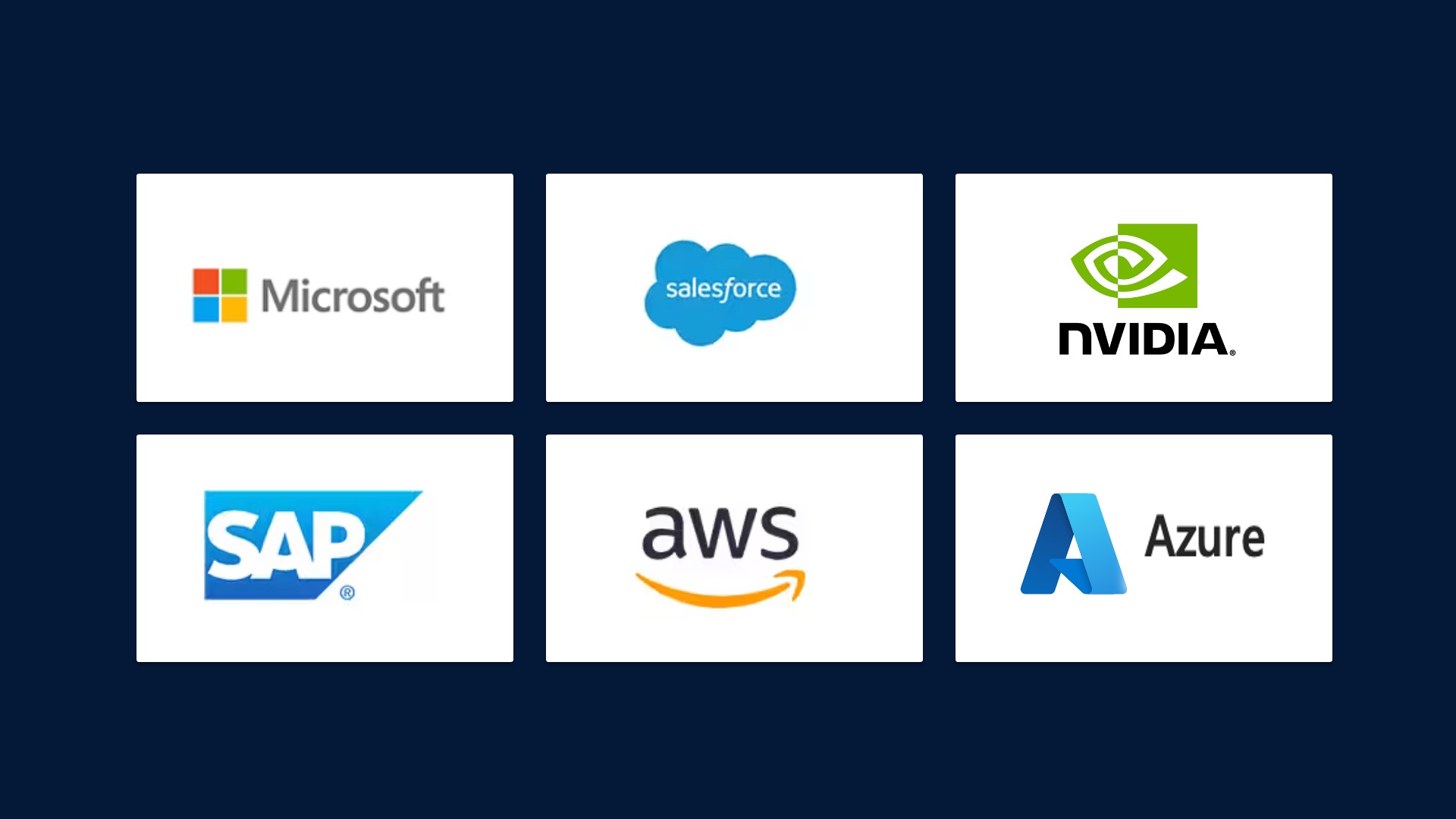
Arthasachi Venture Footprints
